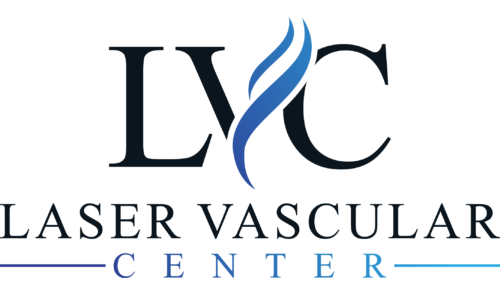What are
spider veins?
Spider veins are small, red/purple, spider web like vessels that are visible to the eyes. It may be a single strand or cluster of vessels. Spider vein is a description of how the vein looks rather than its pathology. Some doctors with minimal experience may consider all spider veins to be purely cosmetic matter, but I have come across scores of patients with symptoms of pain, tenderness, itchiness, throbbing, or bleeding in the area of their spider veins. They are often associated with underlying varicose veins which act as “feeder” veins, and are most commonly found on the lateral thighs, shins, calves, ankles, face or chest. Besides the above symptoms, spider veins can also be present with leg pain, night cramps, swelling, restless leg symptoms, and/or venous ulcers.
Laser spider vein treatment machines
Lasers and intense pulsed light devices selectively damage and permanently destroy spider veins with intense heat energy, and are used when sclerotherapy needle cannot be used. Commonly used lasers are Diode, Nd:Yag, and Alexandrite lasers. At Laser Vascular Center, not only do we carry several of these machines, we actually teach a course in medical lasers. Our doctor is a certified laser professor having taught hundreds of students over the years, as well as other doctors. We use Cynosure Apogee Elite lasers with both Nd:Yag and Alexandrite lasers, and Diomed Diode lasers.

What to expect during laser spider vein treatment
1
The patient has to avoid sun exposure, indoor tanning booth, or tanning lotions for about one week before and after the treatment. Sun or tanning lotions can interfere with laser treatments and appropriate healing.
2
The patient should apply aquaphore or vaseline over the treated areas for a couple of days. Lasers work by delivering laser energy through the epidermis of the skin to target the spider veins underneath. However, some energy does get absorbed by the epidermis, and thus require good aftercare to make sure the epidermis can heal properly.
3
The patient should avoid strenuous exercise for a few days. Lasers close the spider veins by delivering its energy which gets absorbed by the red blood cells. This heats up the spider veins, and coagulates them, thereby sealing them shut. However, if strenuous exercise or undue pressure is applied too soon after the closure, the veins may open up again, and require repeat treatments.
Spider Vein Treatment
Spider veins that recur after treatment implies either failed treatment or underlying venous insufficiency. The “feeder” varicose vein may be putting pressure and reopening the spider veins after treatments. However, not all spider vein requires treatment, particularly if it’s not causing pain or other physical symptoms. Some patients do decide to have them treated for cosmetic reasons. When spider veins are associated with medical symptoms such as pain, swelling, night cramps, etc, then they may implicate underlying venous insufficiency, and the patient could benefit from their treatment. Two most common methods of treatment are Sclerotherapy and Laser Spider Vein Treatment.

Results of Laser Spider Vein Treatment
About 80% of spider veins may disappear after a single session. This is due to vessel coagulation. For some patients with underlying venous insufficiency or thicker skins, treatment results may vary, and more than one treatment may be needed. Approximately 15% of patients will benefit from two treatments, and in about 5% of patients, three sessions may be needed.

Spider Veins Natural History of Disease
Most spider veins remain the same for years for a lot of patients. However, in some patients with underlying venous insufficiency, spider vein may dilate and become varicose vein. Stimuli such as hormonal change, weight gain, or pregnancy may make them dilate. When they get more numerous, bigger, or prominent, that’s when full evaluation and treatment is recommended, so that venous disease can be caught early rather than late.




